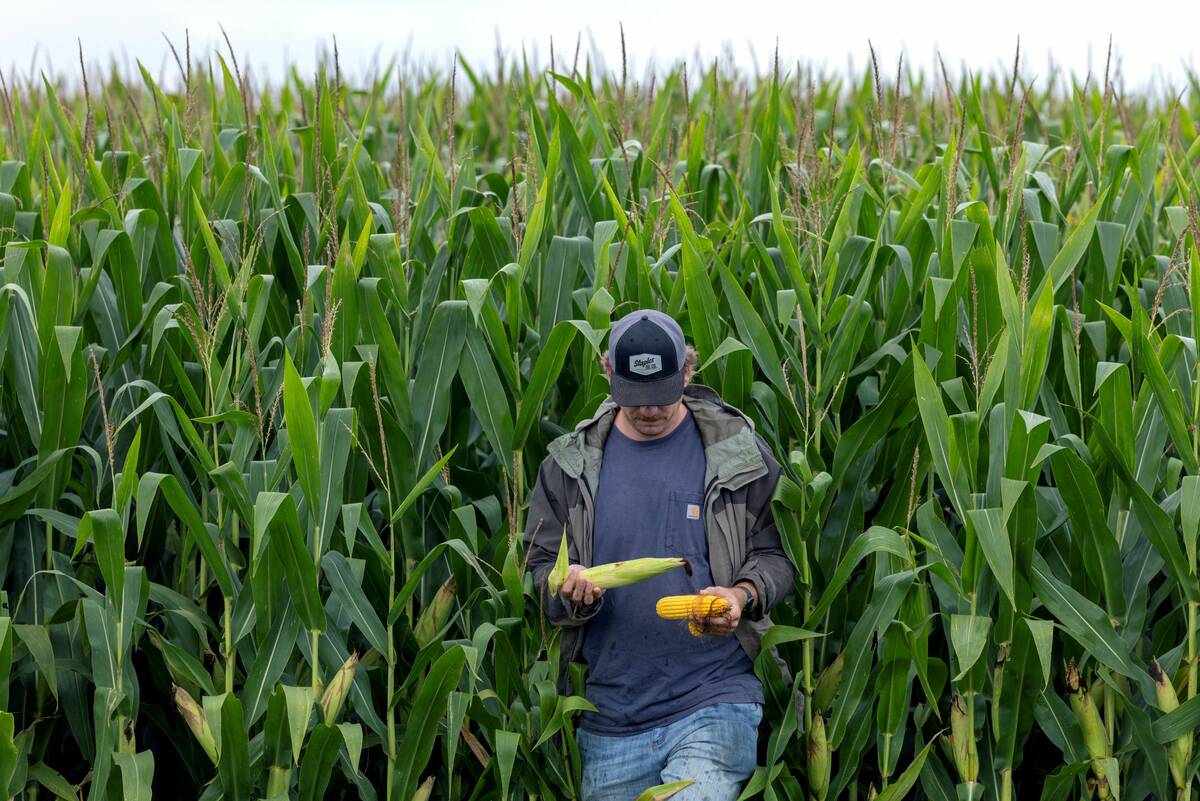A Saskatchewan government exercise that ferreted out $102 million in cost restraints and program savings has turned up $20.4 million in unspent agricultural program funds.
Out of $48.4 million in savings forecast from provincial programs “where utilization was less than originally anticipated,” the province announced Friday that $20.4 million is forecast in savings from the agriculture ministry.
That sum includes $10.1 million in savings from the AgriInvest program and crop insurance premiums, the province said.
The balance of $10.3 million is expected to be in “reductions to a series of agriculture programs and AgriStability transition costs.”
Read Also

The U.S. corn crop could be the biggest ever. That’s terrible news for America’s farmers.
The USDA predicts a record corn crop for U.S. farmers, who question the agency’s accuracy amidst high debt and low crop prices.
The $102 million reverts to the province’s general revenue fund for reallocation, a provincial spokesman said Monday.
“Our intent was to tread as lightly as possible on government programs and capital projects while achieving our targets in spending restraints,” provincial Finance Minister Rod Gantefoer said in a release Friday.
“We were able to double our original target without a significant impact on programs for Saskatchewan people.”
The province said the move follows continued “uncertainty” in government revenues, due to volatility in commodity markets, particularly in potash, and due to recent rises in the value of the Canadian dollar.
“We will move forward in a prudent and cautious manner until we see a turnaround,” Gantefoer said, adding that Saskatchewan’s economy overall “remains strong compared to other provinces in Canada.”
The provincial spokesman said the recent drop in the province’s potash resource revenues has led the province to take budgetary measures such as collecting additional money from its Crown corporations’ profits, as well as deferring capital projects, pulling back spending and seeking more potash revenue.











